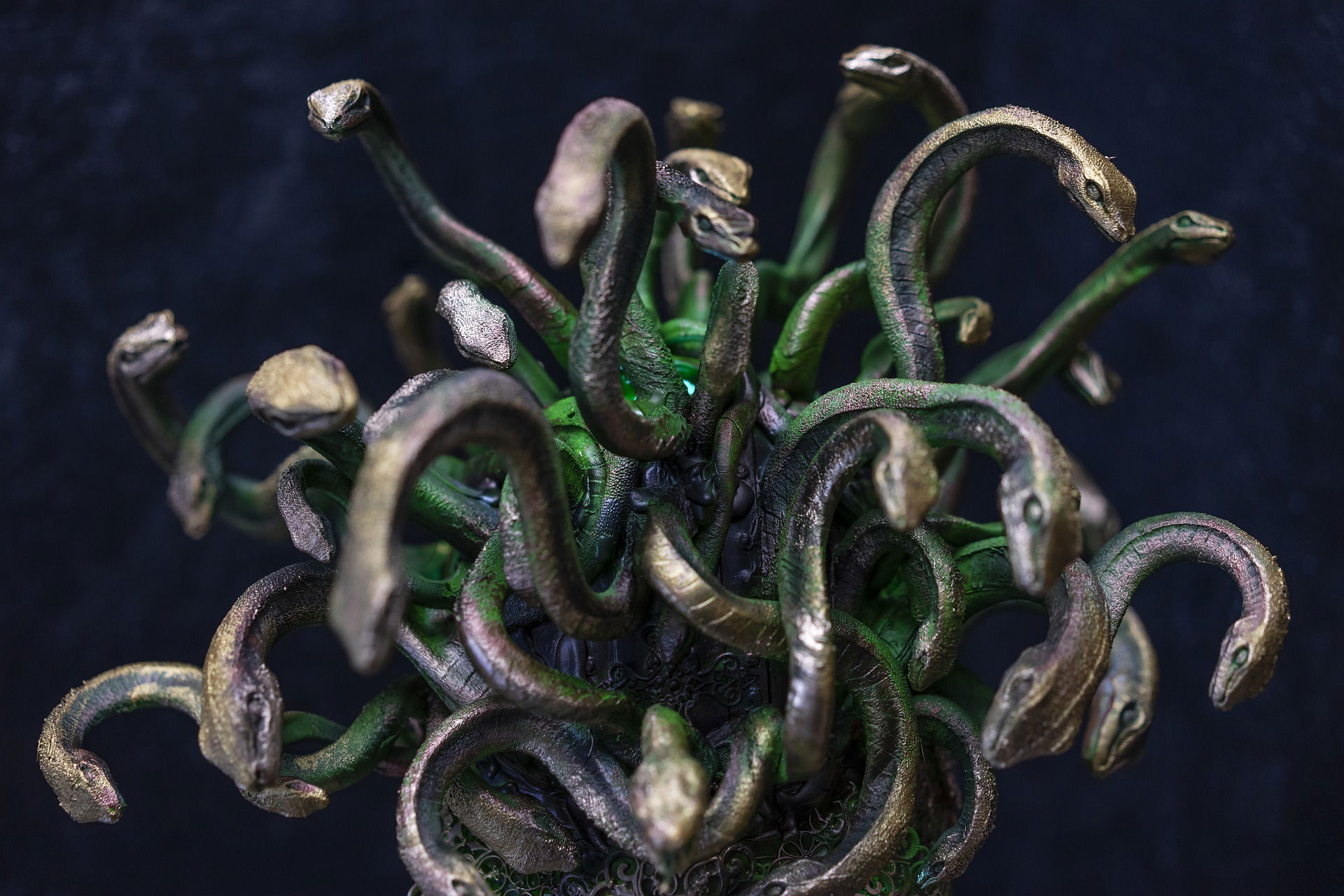Myth #3: It is impossible to predict the delivery of increments

Myth #3 contends that predicting delivery in Scrumban is impossible without fixed iterations and estimations, a notion that overlooks Scrumban's robust toolkit for forecasting. In Scrumban, predictability is achieved through:
- Task Granularization: Instead of using story points, tasks are broken down into smaller, similarly-sized items. The team decides the granularity, whether it's about a day or half a day's worth of effort.
- Work in Progress (WIP) Limits: These limits help maintain a steady flow of work and highlight bottlenecks for timely intervention.
- Key Metrics - Throughput and Cycle Time: Throughput measures the number of items completed in a set period, while cycle time tracks how long it takes for work to move from 'in progress' to 'done'.
With a granular backlog, the team's workflow becomes visible, allowing for accurate intervention and estimation of when parts of the backlog will be completed. Throughput indicates the team's delivery capacity within a timeframe, and cycle time offers insights into the duration each task requires to reach completion.
Tip: For teams with consistent throughput, forecasting can be refined using tools like Jira's version report, which projects task completion. In Scrumban, with uniformly sized tasks, assigning a consistent value (like "1 SP" for each item) enables the generation of such predictive reports, enhancing the visibility and predictability of delivery timelines.
Version report based on estimation in Story POints (Jira).
